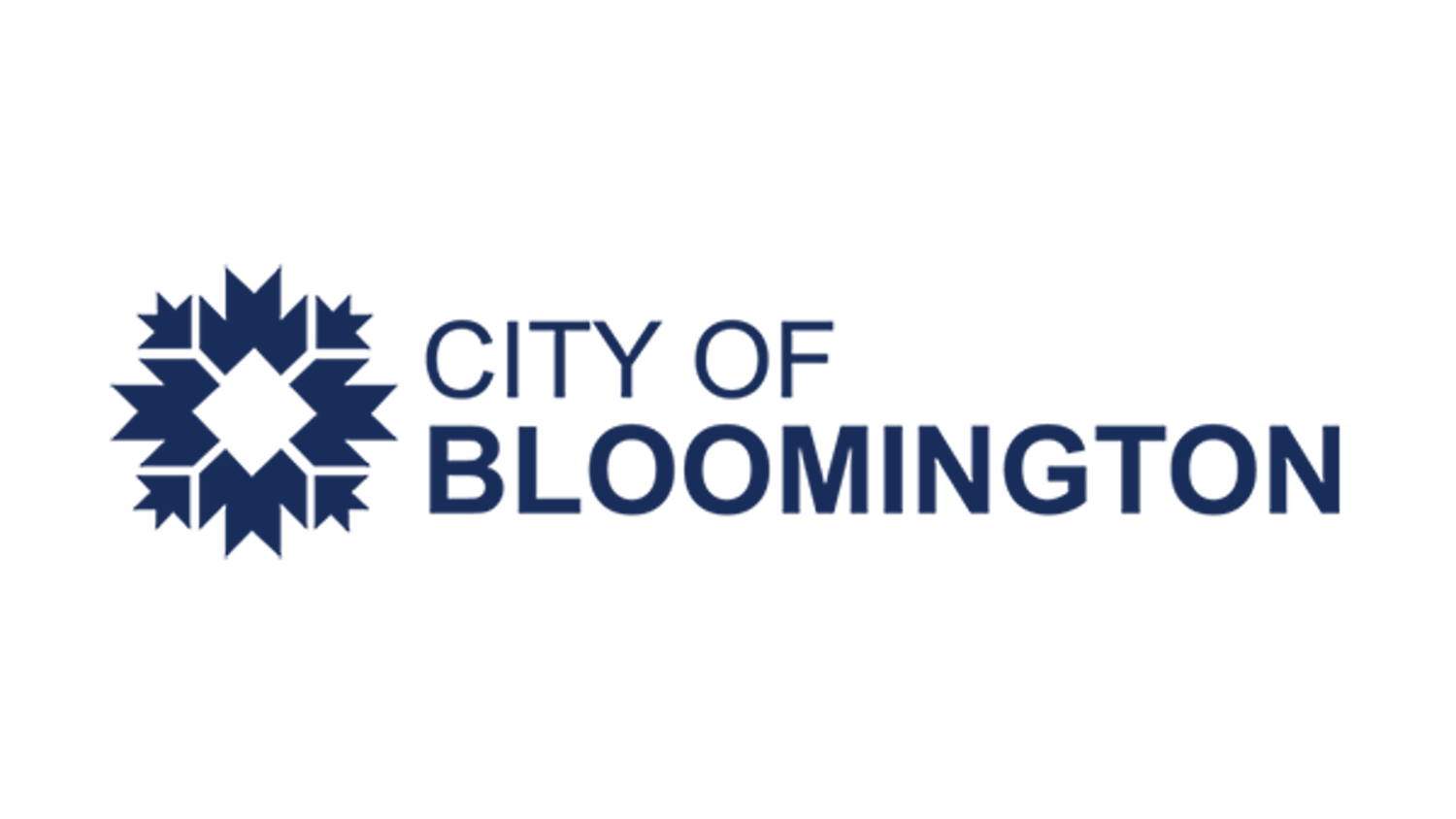Practicing homosexuality is a normal, if not vital, part of demonstrating masculinity for straight, white males, said Jane Ward, professor of gender and sexuality studies at the University of California Riverside.
Ward visited IU on Thursday to talk about the ideas covered in her book, “Not Gay: Sex Between Straight White Men,” specifically surrounding how homosexuality impacts straight, white men.
“I’m very interested in complicating our understanding of heterosexuality, because heterosexuality and queerness are mutually constituted,” Ward said.
Ward talked about how the ideas of queerness and normativity have changed in past years. In the ‘90s, she said, it was normativity that was being analyzed.
“Queerness became almost untethered from homosexual sex practices, and instead, queerness became defined as resistance to regimes of the normal,” Ward said.
Specifically, Ward discussed different ways in which straight, white males will participate in homosexual activity and consider it hazing, such as in the military or in fraternities.
Some of the events she described included fraternity “elephant walks” and the Navy’s “crossing the line,” both of which involve males touching one another’s genitals.
Ward said at first, she was repelled by these activities. At the same time, though, she said she was impressed by the imagination these men had to create such scenarios.
“As these young men groped one another, they believed that they were doing something productive, something fundamentally heterosexual, masculine and white,” Ward said.
She used different examples of ads on Craigslist made by straight, white males looking for sex with other straight, white males. Interviews done by 100 of these men, Ward said, revealed around 50 percent also identified as heterosexual in the interviews.
Ward said that in this sense, many believe sexual contact between these straight, white men during these activities is not homosexual. Often times they are viewed as humorous or demeaning. These activities, she said, are practiced for the sake of masculinity and strengthening male bonds — particularly straight, white male bonds.
Ward also said homosexuality is often an invisible and important ingredient in heterosexual masculinity. She talked about heteroflexibility, in which men ultimately identify as straight but sometimes engaging in sexual activity with other men.
“My aim in this work is to offer a new way to think about heterosexual subjectivity,” Ward said. “Not as the absence of homosexuality, but as its own unique mode of engaging homosexual sex, a mode that is characterized by pretense, disidentification and heteronormative investments.”
She made the case that these activities may not just be acts of bullying for young people coming into a group, such as the freshmen in a fraternity or the new recruits in a military unit, but rather desires these men usually do not follow.
Tom Sweeney, a freshman attending the talk, said he believed this topic needed to be given more attention.
“I think that homosexual activity, especially between straight people, is something that is taboo and never discussed, but is an issue that has been very relevant to the culture for a very long time,” Sweeney said.




